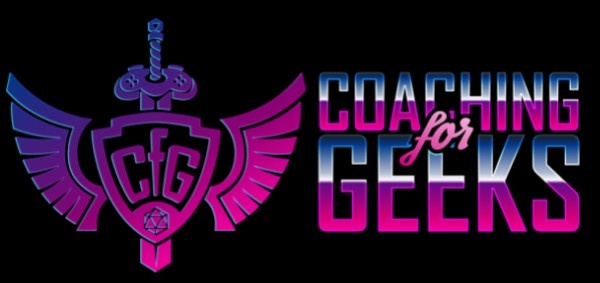Music and Sound Effects – D&D Tips with James Gifford
Mar 28, 2018
My players had finally found the flooded Crypt. They inch down into the dank stone entranceway, fear gripping them as they watch out for the ghost of a blind witch Morvane. As they emerge into the main catacomb, all is still… then they see her, manifesting above the alter, her hair splayed out like white tendrils, milky eyes wide and mouth agape. Behind my screen, I jump onto YouTube to play a spooky “ghostly wail” sound effect.
Russian Meerkats?
The game takes an awkward pause as the ComparetheMarket.com ad starts to plays seemingly from the Morvane’s open lips, followed by a very short, very badly recorded scream (presumably not from the same ad). I sheepishly apologise, and look for something more eerie.
Second time’s the charm. A long, ethereal wail takes the breath of my wide-eyed players, only this time the voice ends with a cheery; “Thanks for listening! Like and subscribe to my channel!”
Even in death, Morvane is an ambitious Youtuber.
PREP FOR DEATH (and adventuring)
As you may gather, it is well worth looking up music and sound effects ahead of time. Adding one or two sound clips add audible flavour to the session and can really bring to life key aspects of the game. Sound effects can build anticipation. When rolling well on perception, perhaps the players hear the distant beat of huge leathery wings…Or a bubbling cauldron in the next room. The simple sound of fire crackling, morning birds, rain and wind or a bustling street is perfect to set the scene. TabletopAudio.com have some excellent examples.
When you want to inject some more cinematic moments, Emotive soundtracks that are lyric-free and don’t have sudden changes in pace are excellent for setting the mood. I don’t know anyone who doesn’t love Jeremy Soule’s soundtrack for the Neverwinter Nights, Dungeon Siege and Elder scroll games. The sublime orchestral compositions provide that perfect level of ambience and epicness without being too distracting from the table. Celtic harp songs work well for the holy sanctuaries and forest groves. Refined Cello and renaissance harpsichord I keep for the noble courts, and the more sinister tracks from Lionhead’s ‘Fable’ series are a good staple for my creepy dungeons and villains.
I even have acoustic guitar renditions of my favourite 80’s songs. Hearing Cindi’s “True colors” played acoustically by the tavern bard can bring a smile to some player’s faces. Depending on the player’s expectation of the game, breaking the 4th wall is ok for light-hearted downtime moments like at a campsite, or a tavern.
(Robin note – I had the local bard sing Jennifer Saunders’ version of ‘Holding out for a Hero’ when her thief husband had gone missing to imbue the team with inspiration.)
ENHANCE!
A good trick is to narrate a scene while playing particular tracks. It helps to see what music enhances your storytelling and what clash with the atmosphere you’re describing. If the music pulls you out of the story, don’t use it.

Battle music I find is especially tricky to choose. Unless you time limit each player’s turn, combat rounds are naturally slow and having a fast-pace, epic orchestral battle song playing can be jarringly out of place. Find the right tempo that works, and find a variety if you can. Don’t use the same music for battling sewer rats as you do slaying the Demon king.
Perhaps more than any other aspect, it is through sound that you engage the player. Just as the tempo of a song can make you feel energetic and or relaxed, the pace and tone of your narration works in the same way.
It is a dramatic opera, except when the character gets stabbed they don’t sing.
Usually.
James Gifford – Author and Illustrator of Dungeon Diaries
Grab a free guide on how to grow your stream or podcast from scratch. Or perhaps a guide on creating your social media content?

